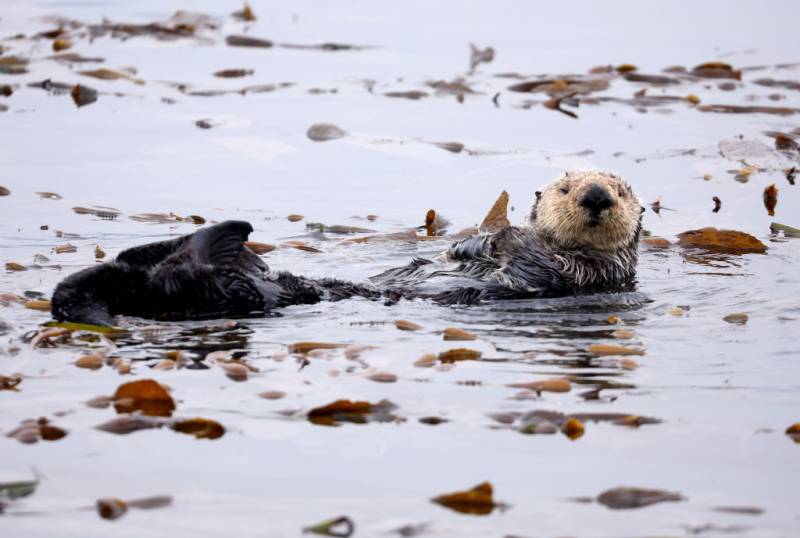For the new study, researchers analyzed historic erosion rates dating back to the 1930s to assess the impact of sea otters’ return. They also set up fenced areas to keep otters away from some creek sections for three years — those creek banks eroded much faster.
Past studies about the return of top predators to various habitats — most famously, the reintroduction of gray wolves to Yellowstone National Park — show how such species maintain ecosystem stability. Wolves curbed the number of elk and moose that ate saplings and slowed riverbank erosion.
Many past studies relied on observations, but the design of the latest research left no doubt as to the sea otters’ impact, said Johan Eklöf, a Stockholm University marine biologist who was not involved in the new study.
Other research has shown that sea otters help kelp forests regrow by controlling the number of sea urchins that munch kelp.
Sea otters “are amazing finders and eaters,” said Brian Silliman, a Duke University coastal ecologist and co-author of the latest study.
